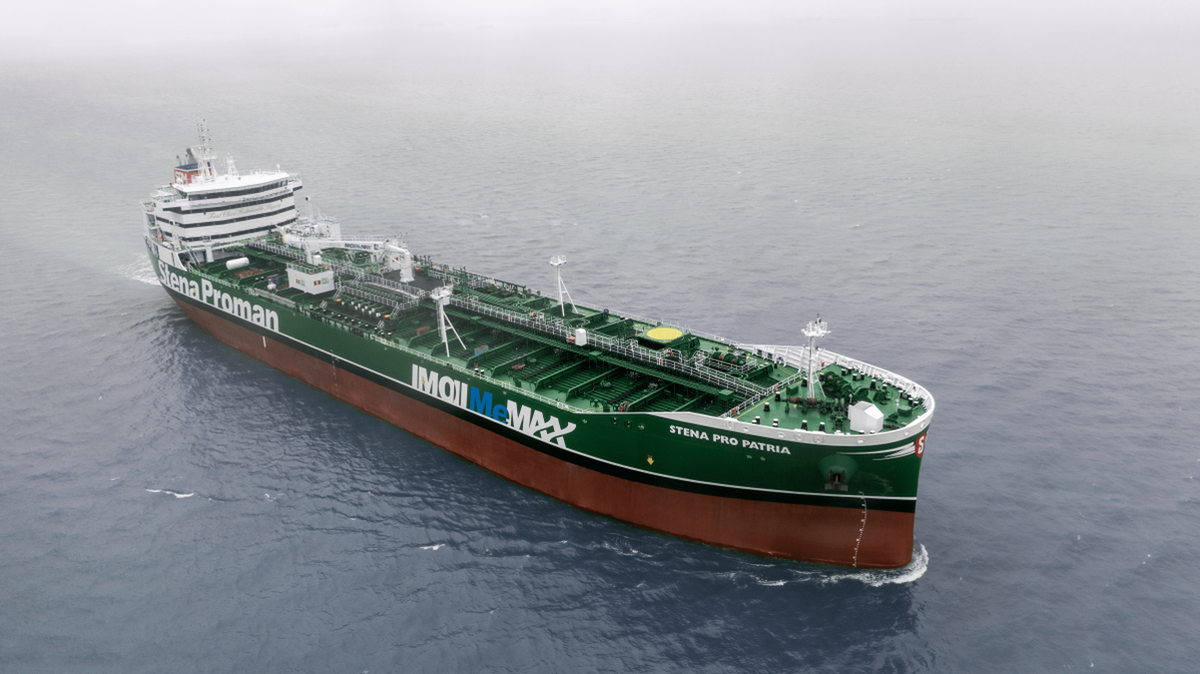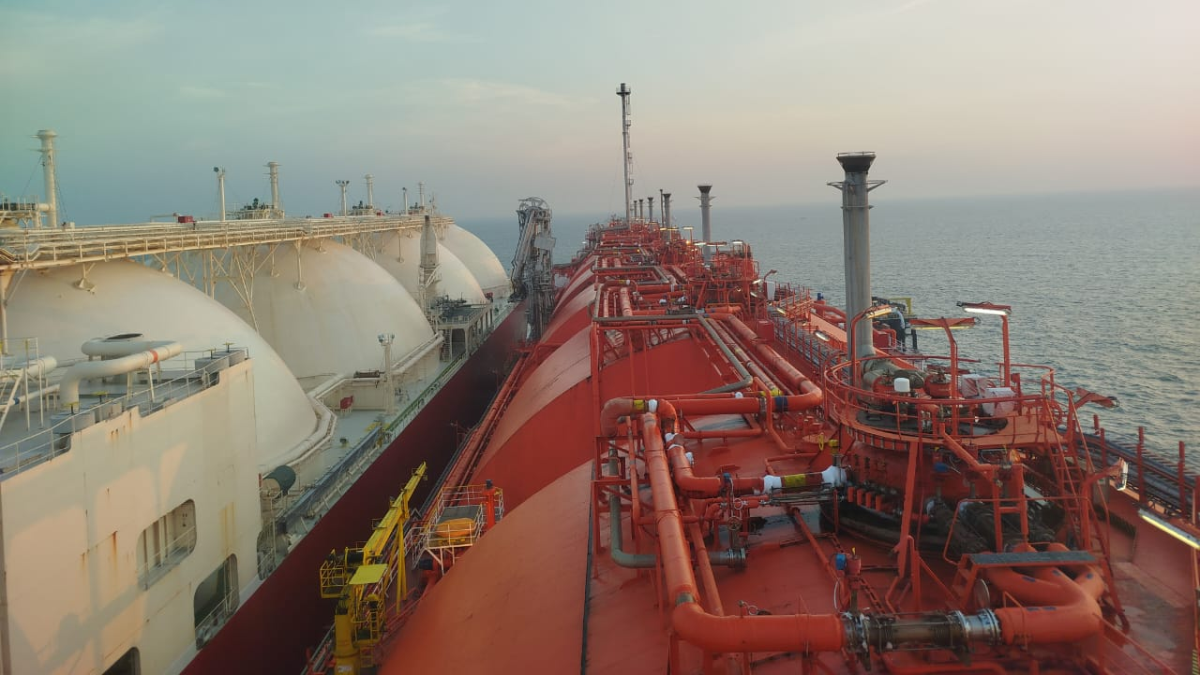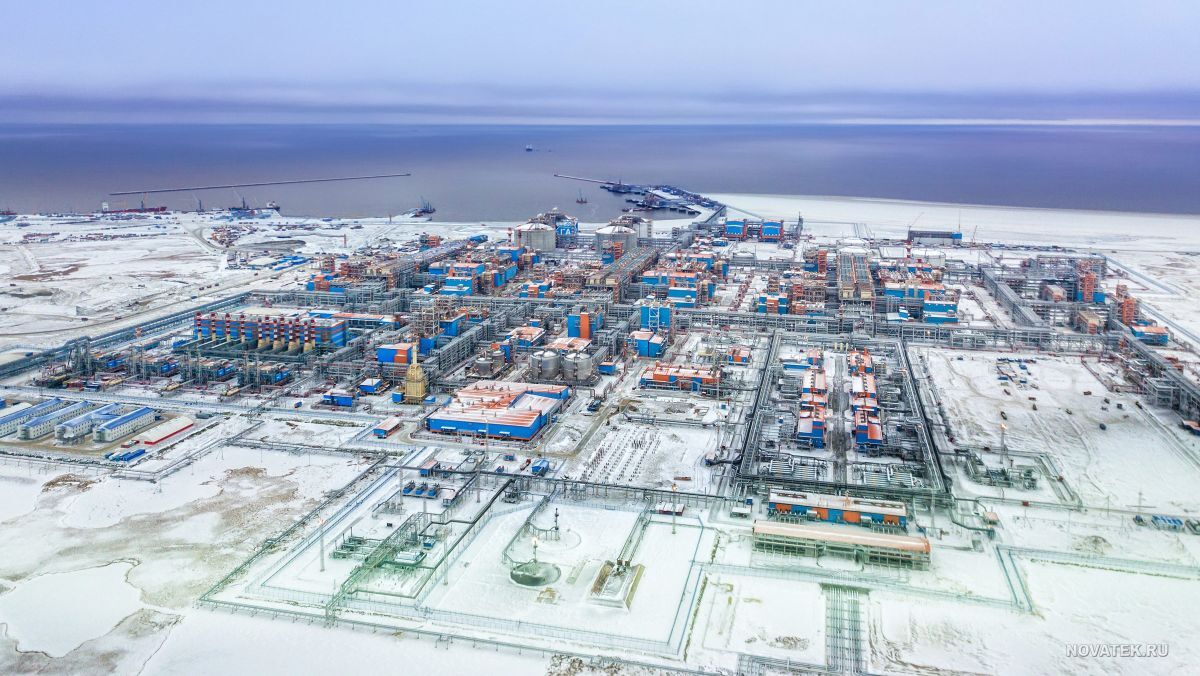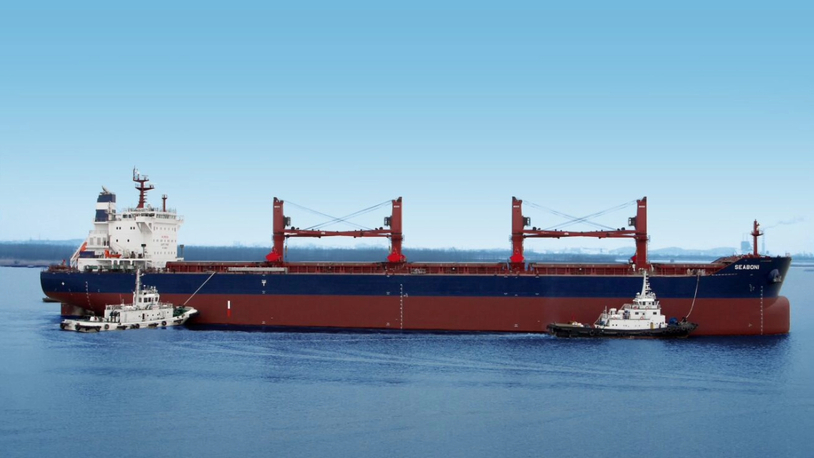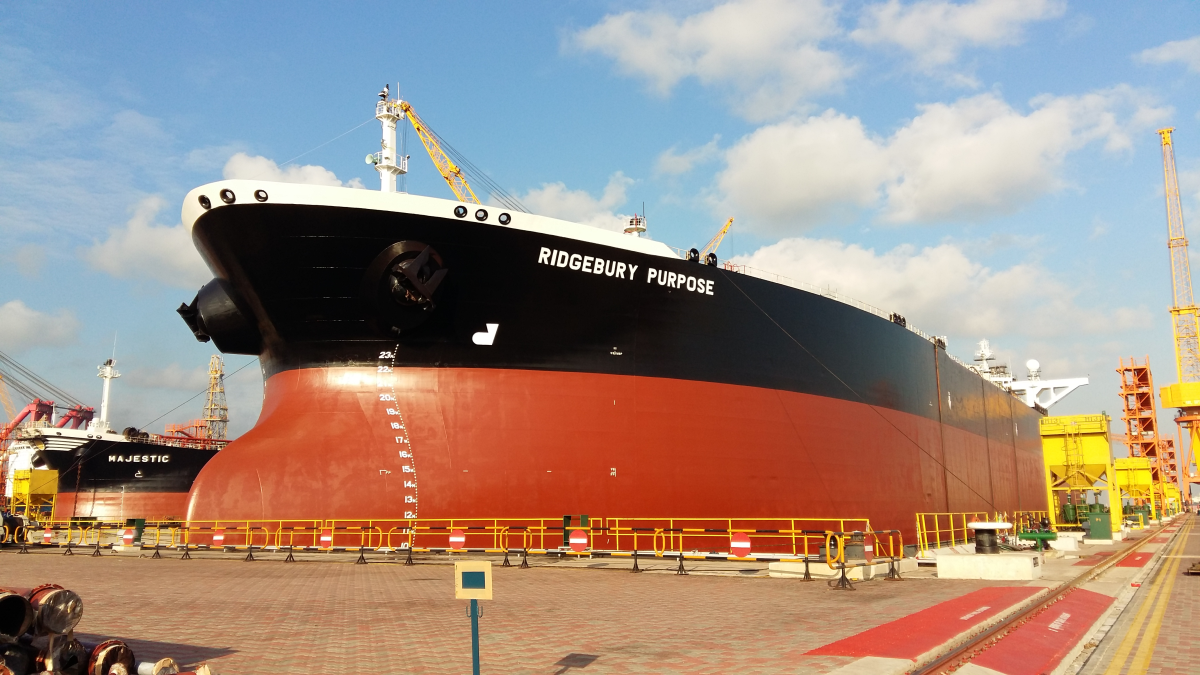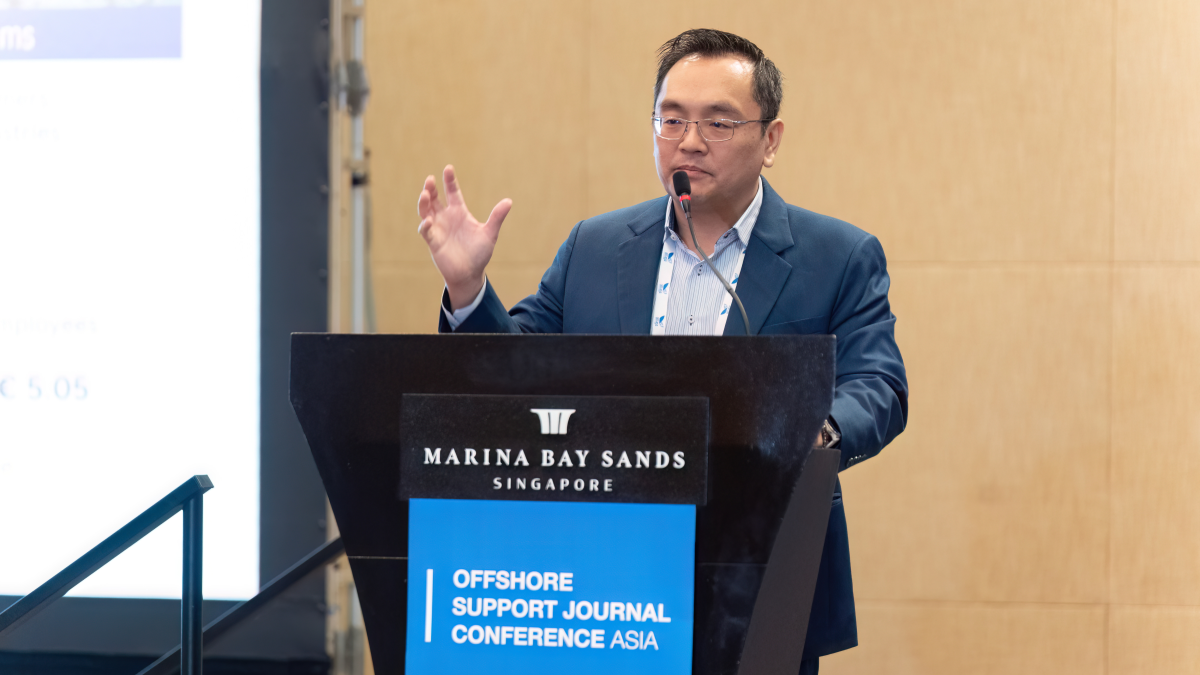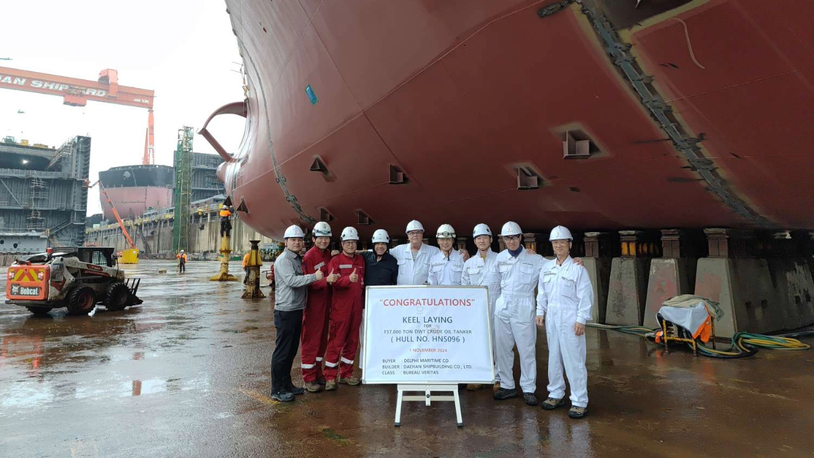Business Sectors
Events
Contents
Register to read more articles.
Methanol joins the fast-track fuel race
Methanol has been a tanker cargo and fuel for decades and is fast becoming the accepted alternative fuel for all types of newbuildings
The tanker sector has pioneered the use as methanol as a fuel. There are 24 MR-sized tankers (including chemicals) currently in operation, with most involved in both methanol and clean products trade, while at least another two are on order. These vessels are almost entirely under the control of companies with significant methanol trading capabilities.
The current fleet of methanol-powered tankers includes the two 49,000-dwt second-generation product chemical tankers, Mari Couva and Mari Kokako. Tanker Shipping & Trade covered the naming ceremonies of the pair of newbuildings at the Hyundai Mipo shipyard in South Korea.
In a recent Riviera Maritime Media webinar, titled Methanol: the simple facts, Methanex Europe director for market development EMEA Ayça Yalçın, said: “Methanol is clean burning, with low emissions, is biodegradable in water and is IMO Tier III compliant without needing after treatment.” Ms Yalçın added: “It has similar bunkering to conventional marine fuels and is a liquid at ambient temperatures and pressures, so it is a less-costly fuel conversion for adapting dual-fuel engines.”
“Methanol is clean burning, with low emissions, biodegradable in water and is IMO Tier III compliant”
Methanol as a marine fuel was given a boost when IMO’s Maritime Safety Committee approved interim guidelines for the use of methyl and ethyl alcohol on ships, during meetings in November 2020. These guidelines include provisions for the arrangement, installation, control and monitoring of machinery, equipment and systems using methyl/ethyl alcohol as fuel. The Sub-Committee on Carriage of Cargoes and Containers developed the guidelines in the context of its work related to the IGF Code.
The orderbook now contains over 80 methanol dual-fuel-powered vessels. It is dominated by tankers, but extends across nearly all vessel types. One of the latest is the order for a coastal tanker. MOL, which is already running methanol dual-fuel methanol tankers, is pioneering its use in the coastal trades. MOL Coastal Shipping, along with its parent MOL OSK Lines, and Tabuchi Kaiun, Niihama Kaiun, Murakami Hide Shipbuilding, and Hanshin Diesel Works, is pursuing a strategic alliance to develop a coastal tanker with a methanol-fuelled engine.
“An advantage of methanol over LNG is that converting the main engine can be done relatively efficiently”
The vessel will be built at Kanasashi Heavy Industries, part of the Murakami Hide Shipbuilding Group, and is slated for delivery in December 2024. The coastal tanker will be bareboat chartered to Niihama Shipping through the three shipowning companies, and then time-chartered to MOL Coastal Shipping through Tabuchi Kaiun. MOL Coastal Shipping will sign a time-charter contract with Mitsubishi Corporation, and the vessel will be engaged in domestic methanol transport from the time of delivery.
Outside the tanker sector
The announcement by AP Moller- Maersk in August 2021 that it was switching to methanol fuel was the clearest indication yet that this is a serious rival to LNG as a transition fuel to zero-carbon emissions.
AP Moller-Maersk initially ordered 10 container ships with methanol dual-fuel power and this has been subsequently lifted to 19 vessels. The first are scheduled for delivery in Q1 2024 from Hyundai Mipo Dockyard.
Maersk has also invested heavily in building a methanol supply chain for its vessels. In December 2022, the company signed its ninth agreement for renewable methanol supply. Notably, many of these agreements have included funding that essentially enables green methanol production companies at early stages of development to build facilities, with Maersk often committing to cover the full offtake of green methanol supplies once production has begun.
Maersk has stated that securing supplies and infrastructure for green methanol is its priority. It has calculated the 19 vessels capable of running on green methanol that are scheduled to be in operation in the coming years will require approximately 750,000 tonnes of green methanol annually.
Logistics
Singapore is developing its methanol infrastructure through various projects, including a new bunkering vessel that will be delivered Q4 2023. Singapore’s Global Energy Trading (GET), a bunker supplier licensed by the MPA, and a sister company, Stellar Ship Management Service, signed a shipbuilding contract with Japan’s Sasaki Shipbuilding to construct the port’s first dedicated methanol bunkering vessel. The Japanese small tanker and gas carrier specialist will construct a 4,000-dwt IMO Type 2 chemical and oil tanker to Bureau Veritas class.
Methanol-powered conversions
One of the advantages of methanol is that converting the main engine can be done relatively efficiently and cheaply, compared to LNG. This includes four-stroke engines. Italian class society RINA has granted an Approval-in-Principle (AiP) to MAN Energy Solutions for its methanol-ready MAN L/V 32/44CR engine.
RINA EMEA special projects manager Patrizio Di Francesco said: “This AiP is based on our recently published Methyl Alcohol Fuelled Ready notation … Methanol is a fuel with a lot of potential as a clean, carbon-neutral fuel.”
Net-zero methanol
Canada-based Methanex and Japan’s Mitsui OSK Lines (MOL) have reported a history-making, 5,000-nautical mile voyage from Geismar, Louisiana to Antwerp, Belgium, completed by Cajun Sun on 4 February 2023.
Cajun Sun is fitted with a two-stroke, methanol dual-fuel Mitsui-built MAN B&W 7S50 ME-LGI seven-cylinder engine. To achieve the net-zero emissions voyage, the 49,993-dwt Cajun Sun used a blend of ISCC-certified bio-methanol, that has negative carbon intensity, with natural gas-based methanol. The tanker achieved net-zero greenhouse gas emissions on a lifecycle basis for the 18-day trans-Atlantic voyage.
Related to this Story
Events
Offshore Support Journal Conference, Americas 2025
LNG Shipping & Terminals Conference 2025
Vessel Optimisation Webinar Week
© 2024 Riviera Maritime Media Ltd.


